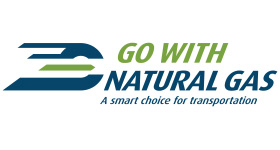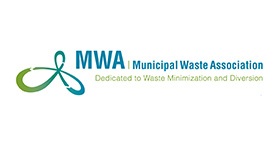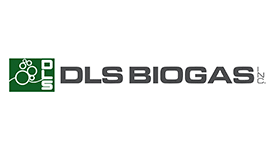July 09, 2024

ECCC released the long-awaited Clean Fuel Regulation credit market report on June 26th. What have we learned about the role biogas & RNG are playing in the federal Clean Fuel Regulations (CFR)?
This first market report shows Canada is progressing well to decarbonizing the transportation sector and generating genuine commercial value for Canadian biofuel producers. However, it is important to note that due to business confidentiality, the data is lacking in aggregate detail which makes it challenging to draw conclusions. In addition, the CFR credit market is in an early phase of development so visibility for proper values on credit price (CI), carbon intensities, fuel volumes, and total number of credits will take some time.
This report represents the period from June 21, 2022, to December 31, 2023, and includes credit market data collected for compliance categories 1, 2, and 3. Some key takeaways for credit price, credit generation, and outlook are provided below.
Credits for Each Compliance Category
- Compliance Category 1 (CC1) accounts for 13 % of credit generation. CC1 credits are for action throughout the life-cycle of a liquid fossil fuel to reduce its CI through GHG emission reduction projects (e.g., carbon capture and storage, on-site renewable electricity, co-processing).
- Compliance Category 2 (CC2) accounts for 80% of credit generation. CC2 credits are for supplying low carbon intensity fuels (e.g., liquid biofuels, Biogas, RNG).
- Compliance Category 3 (CC3) accounts for 7% of credit generation. CC3 credits are for end-use fuel switching in transportation (e.g., electricity, hydrogen, RNG).
Credit Price
The average price of the CFR credit is $133, and the prices ranged from $6.75 to $300 per credit. However the average price is overstated due to reporting methodology used by ECCC, so it’s important to take that into account when reviewing the data.
Credits Generated
- In 2022-2023 11.3 million credits were generated in total and 85% of those were from biofuels, with ethanol making up the majority of credits.
- RNG created 24,540 credits under CC2 with a contribution of over $3 million to the credit market. However, this could be higher because the number of credits for the import of RNG couldn’t be provided for confidentiality reasons.
- With approximately 2 million credits generated using fixed or calculated default values, the number of credits generated in this time period is largely understated and will be corrected in 2025. It is possible there may be an addition 2.5-3 million credits on the market.
Future Outlook
There is an expectation that there will be an oversupply of credits until things level out and surplus credits get absorbed in the 2025-2026 timeframe. This is partially due to credit creators being funneled to select default/calculated CI values which meant higher CI value and less credit creation.
ECCC’s report also omits any contributions to Registered Emission Reduction Funding Programs and this information is expected to come out in late 2024.
Currently the market’s contribution from RNG was only 0.4% of the total CC2 fuel types, however the market data does confirm biofuels are an available and affordable low-carbon option at the moment due to the high contribution from CC2 credits. In addition. there may be further opportunities for RNG since the RNG pathway may undergo a system expansion in the Fuel LCA Model to be utilized for the Clean Hydrogen ITC.


.jpg)








